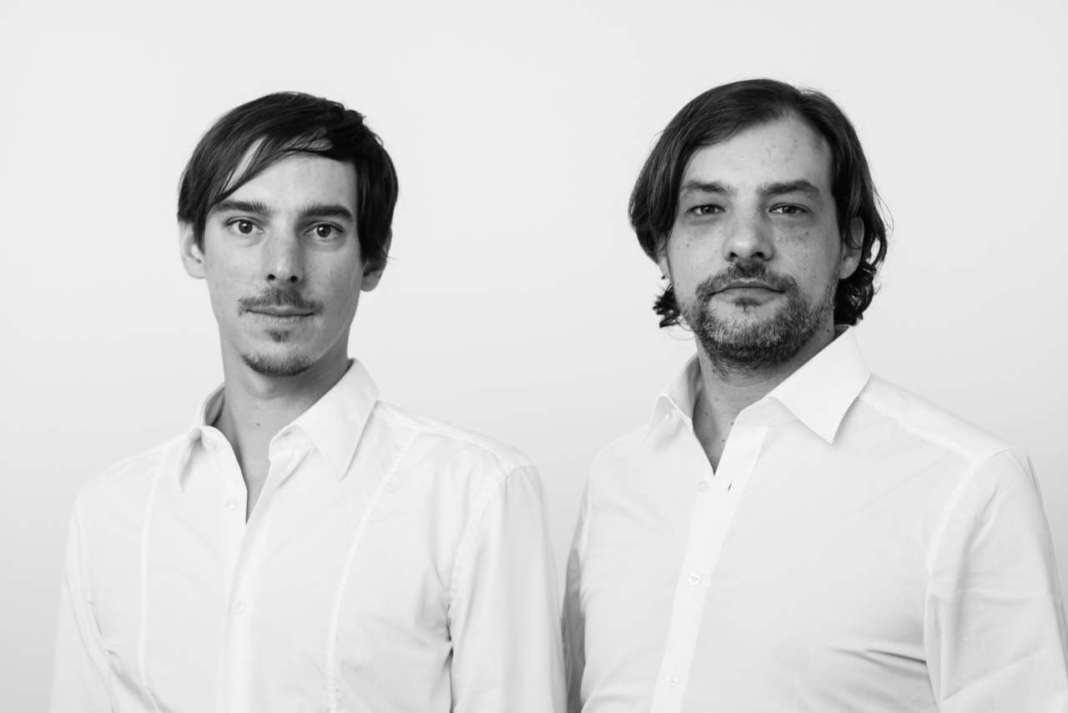Since April 20, 2018, the Museo Novecento has periodically hosted PARADIGMA - Il tavolo dell'architetto, a series of meetings that take place in the right wing of the covered loggia on the ground floor of the museum, with famous architects, collectives and architecture studios from the contemporary scene taking centre stage. An instrument par excellence of the architect's practice, the study table represents what for the painter is the easel and for the musician is the score, or the support of creation. The arrangement of the table encloses in itself the mental organization of the person who works there and, between a stack of sheets, the diary and the pen holder, cut out their own space objects related to personal relationships, ideas, habits, small madeleines that open the memory to the world of design and design.
From time to time figures of architecture alternate to reveal to the public the secrets of their work starting from a look that comes from the work table. The unprecedented reflections that may emerge provide the opportunity to observe the work of architects from a new point of view, more intimate and personal. architecture enters, therefore, as a protagonist in the Museo Novecento, a building that, overlooking Piazza Santa Maria Novella, assumes the role of trait d'union between the works of art on display inside and one of the greatest masterpieces of Renaissance architecture: the facade of the church by Leon Battista Alberti.
This exhibition entitled "Baubotanik - a renaissance of what exactly?" is part of the Sustainable Thinking event organized by the Ferragamo Museum to pay attention to the increasingly topical issues of sustainability in the most diverse forms: from the environment to the urban landscape, from reuse to innovation and technological experimentation. All this with the sole aim of making people aware of a theme that involves our planet and future generations who will live on it. For this occasion, the Architect's Table relies on the design experience of Oliver Storz and Hannes Schwertfeger, founders of the Baubotanik studio based in Stuttgart. Since 2012, the studio has been developing - both at the university desks and outside - research based on the use of nature as a supporting component for traditional structural and construction elements. Baubotanik is not only the name of a studio, but also a true philosophy: for designers it represents the logical step after the current sustainable design, which is not always able to respond to the many complex environmental requirements in anticipation of ever-greening urban infrastructures. Baubotanik projects clearly emulate this phenomenon: they begin as extremely fragile structures and only with the passing of time do they transform and strengthen, creating a significant and stable relationship with steel structures. A relationship between natural elements and designed elements that dictates a choice of both style and form, also determining an innovative aesthetic. A line of research that aims at that possible and desirable integration with nature that can change the future design approach on every scale.
Baubotanik – a renaissance of what exactly?
Museo Novecento, Piazza Santa Maria Novella
12 aprile - 4 luglio 2019




